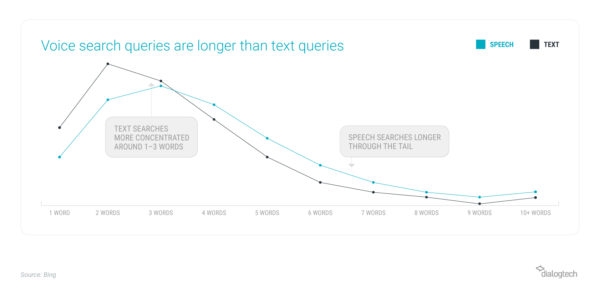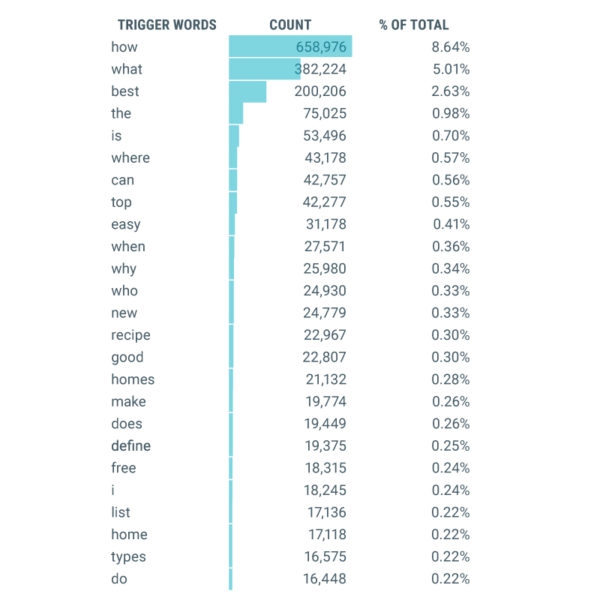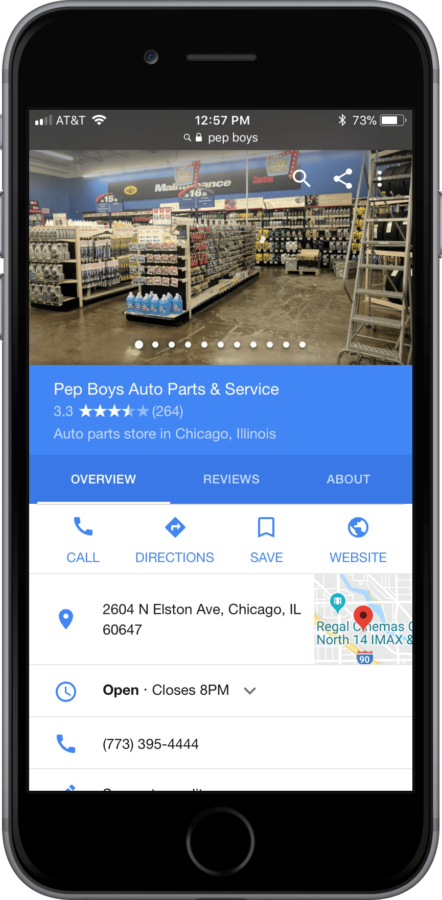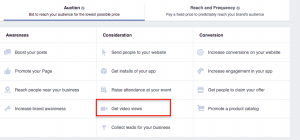— August 3, 2018
Experts predict that the adoption of voice technology will increase exponentially in the coming years. In fact, comScore estimates that by 2020, 50% of all searches will be voice searches.
And when consumers search for local businesses with their voices, they usually engage with those businesses in the same way: studies show that 28% of people who perform a local voice search go on to call the business. Calls are the most popular next action following a voice search.
To monetize the voice search revolution, digital marketers should take steps to optimize their site for voice search. They should also capture the right analytics on calls to their locations for the marketing insights to generate more callers that convert to customers.
1. Optimize Your Content for Long-Tail Keywords and Queries
Due to the conversational way users address their voice-enabled devices, the average voice search query is 3 to 5 words longer than the average text query:

Source: Bing
This means when you write website content, you should include the long-tail keywords and phrases you find with your keyword research tools. Additionally, you should consider bidding on long-tail keywords for paid search—for example: “best live chat support software,” rather than “support chat.” For now, long-tail keywords are less expensive and less competitive than traditional keywords, however, that will change as voice search continues to become more prevalent.
In addition to long-tail keywords, voice searches also tend to contain more question-oriented words like “who,” “what,” “where,” “when,” “why,” “how,” “can,” “top,” and “best.” To further optimize your content, include these words as well as common questions users are asking about your products.

Source: SEOClarity
2. Optimize for Featured Snippets
If you organically rank in the top 10 for a Google search term, your content has a chance to become a “featured snippet” (shown below).

Featured snippets are the most coveted placement for voice search marketing—Google Assistant will read them aloud automatically when the user asks the corresponding question. Below are some tips to help your chances of securing a featured snippet:
- Understand common questions your audience is asking.
- Aim to answer questions concisely. The average featured snippet is 45 words (the max is 97 words).
- Address numerous questions in one post. Once Google features a page, it’s likely to be featured in similar queries—this strategy will increase your chances.
- Tightly organize your content. Google snippets frequently feature tables and step-by-step lists.
- Use question-and-answer pages. A Q&A page can be a great place for you to write a wide variety of content that addresses your audience’s common search queries.
- Use eye-catching images. Google frequently includes images in featured snippets. However, keep in mind that all images are automatically dated in WordPress. Since Google prefers recent content, it’s important to update the images in your old posts.
3. Optimize for Local Searches

As voice searches continue to become more localized, it’s important to cater to local customers by:
- Providing easily accessible phone numbers and addresses.
- Updating your Google business listing. Since voice search is often used as a hands-free alternative for on-the-go customers, you should assume many will scan the Google business listings without actually clicking your site link.
- Ensuring your company has positive reviews on Google and other common third-party review sites. One bad Yelp review can cost your business 30 potential customers, while a bad review on Google search results can cost you 70% of potential customers.
- Adding “near me” in the title tags, meta description, and anchor text.
4. Mine Calls for FAQs to Optimize Your SEO
As we discussed earlier, people place longer, more conversational queries with a voice search than with a traditional keyboard search. But how can you determine the most common queries and long-tail keywords that your audience uses when speaking verbally? Perhaps the most accurate way is by collecting FAQs from what callers actually say in inbound phone calls.
Marketers are doing this now by either manually reviewing call recordings and transcriptions themselves or by automating the process using AI (artificial intelligence).
For example, Central Restaurant Products, the leading wholesale distributor of foodservice equipment, mines their calls for these insights. With inbound calls making up 56% of orders and 81% of their total revenue, they have a wealth of conversations to pull from. “We can analyze calls from a specific product’s webpage to see what questions callers are asking, then have our content team update the details on that page to answer them,” said Nathan Smith, Marketing Database Analyst at Central.
By understanding the common questions customers ask about this products, Central is:
- Optimizing their content for SEO so that users can discover their product more easily from search engine queries.
- Alleviating customer concerns before they place a phone call, so the sales team can focus less on education and more on driving conversions.
As a result, Central is able to create a seamless end-to-end customer experience that significantly boosts conversion rates. “We’ve increased calls by 23% and new customers by 13% year over year,” said Smith.

Once you provide answers to the FAQs in blog posts or on your website pages, make sure to monitor your SEO ranking and optimize accordingly.
To learn more strategies to drive calls from voice search, download our Digital Marketer’s Guide to Voice Search.
Digital & Social Articles on Business 2 Community
(58)







